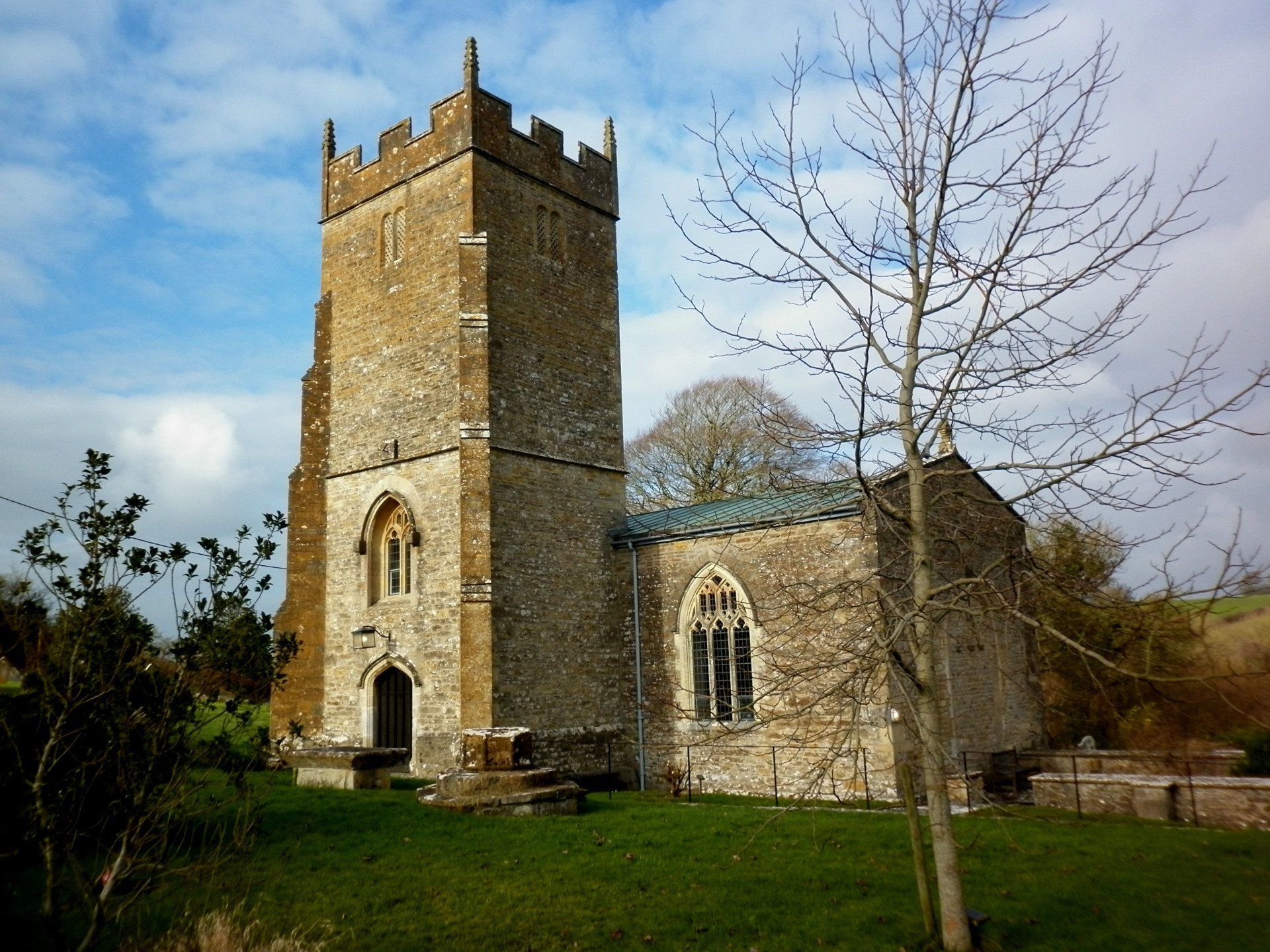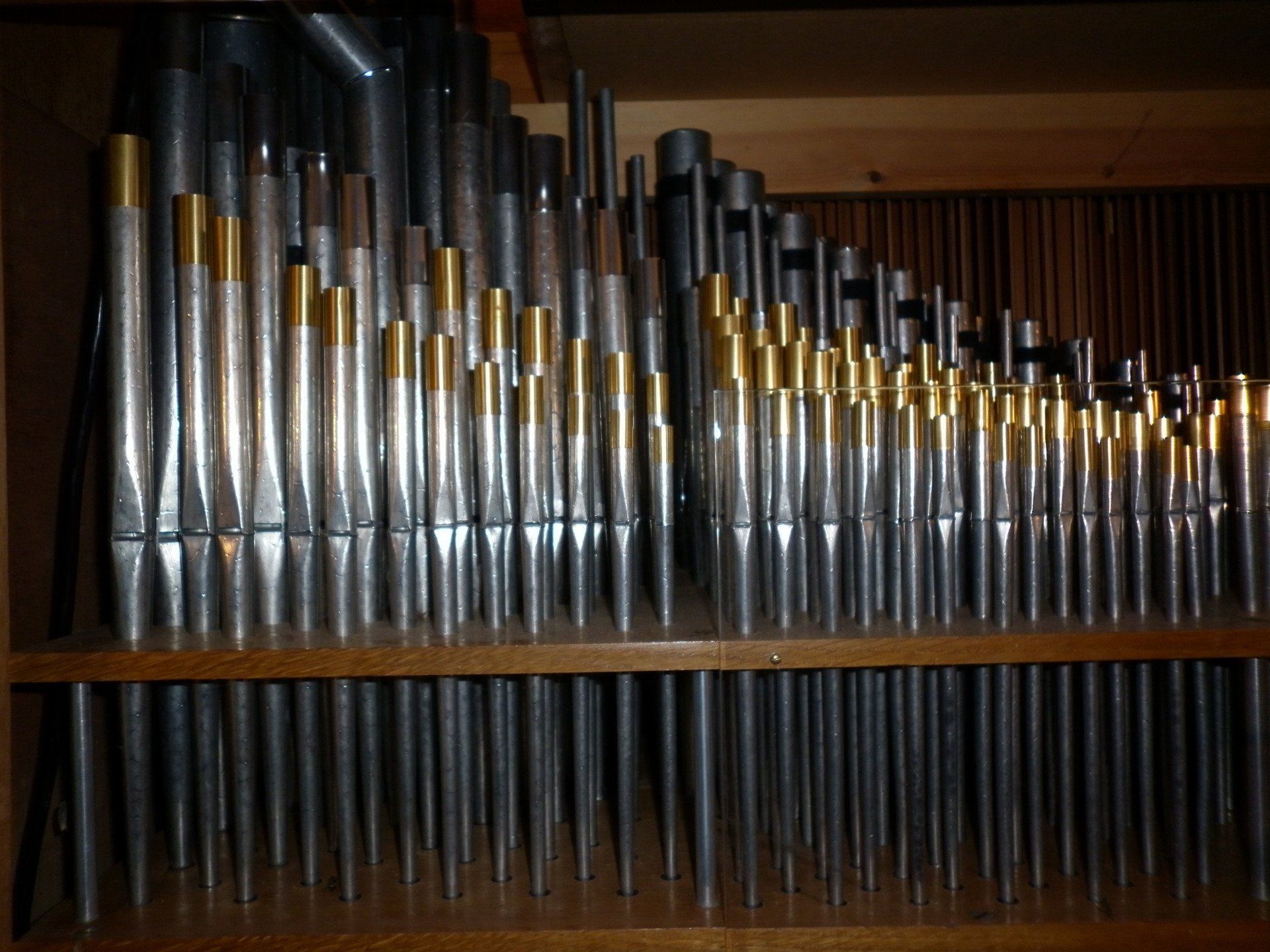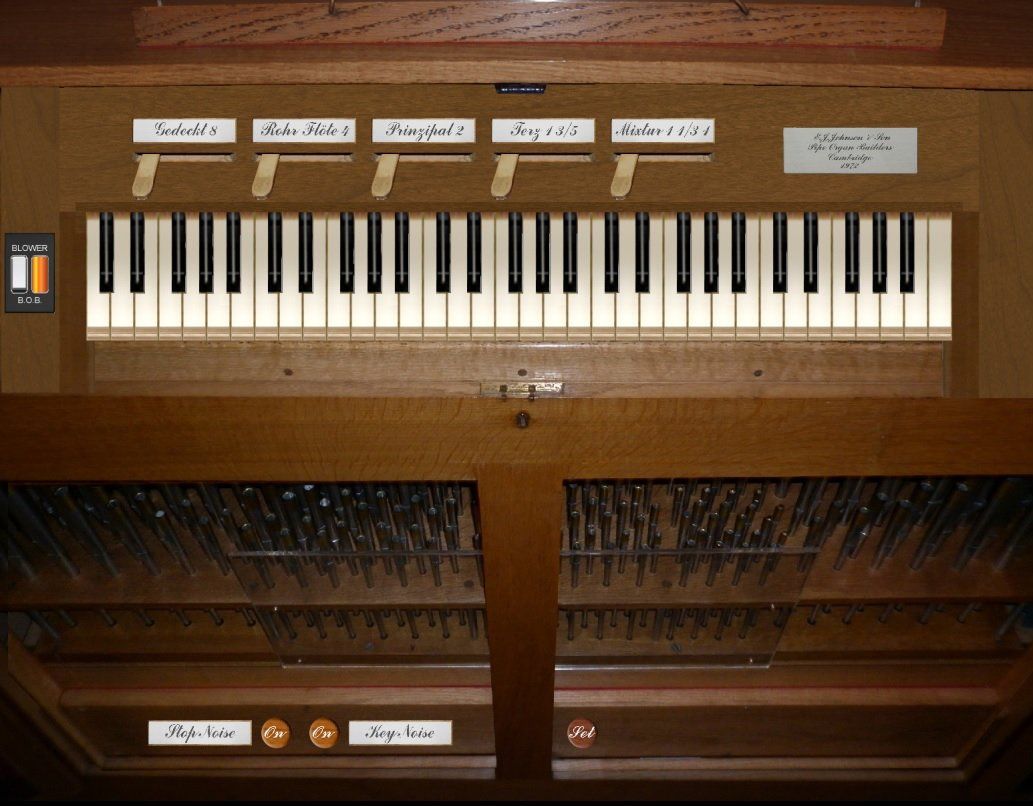John Avery Chamber Organ 1792Available for HW IV and HW V
AVERY 1792: £35.00
* * * * *
James Davis Chamber Organ 1790Available for HW IV and HW V
JAMES DAVIS 1790: £55.00
Anonymous @ 1760-1780Available for HW IV and HW V
ANONYMOUS: £40.00
E. J. Johnson 1971Available for HW IV and HW V + VI
Harmonium
* * * * *
Sample Sets
We have been involved with church organs for nearly five decades. Initially working with conventional pipe organs, we moved into the world of pipeless instruments during their rapid technological expansion in the last quarter of the twentieth century.
With over 30 years experience in creating sample sets for organs for other digital organ manufacturers and since 20003, for the Hauptwerk software platform, we are one of the longest established sample set producers.
In addition to our "off the shelf" sample sets of existing or composite instruments, we are also able to create custom instruments to suit individual requirements.
We have a library archive of many hundreds of stops to choose from sampled from instruments throughout the UK and elsewhere.
Hardware
We can supply everything that might be required for a pipeless organ installation from the basic console, amplification and speakers to the computers, software and audio interfaces needed.
The various components are sourced from a number of specialist established manufacturers and supply houses most of whom we have been involved with for many years.
In addition, we have a number of contacts who specialise in obtaining and converting former consoles for use with the Hauptwerk platform.
Contact Information
For further information, please email us at
E-mail:
charlesbraund@gmail.com
or
info@silveroctopus.co.uk
N.B. Some sample sets may not work with basic older versions of Hauptwerk or the entry level version of the new Hauptwerk V and above because these editions do not include some of the features that are necessary for our libraries to work fully on the Hauptwerk platform.































